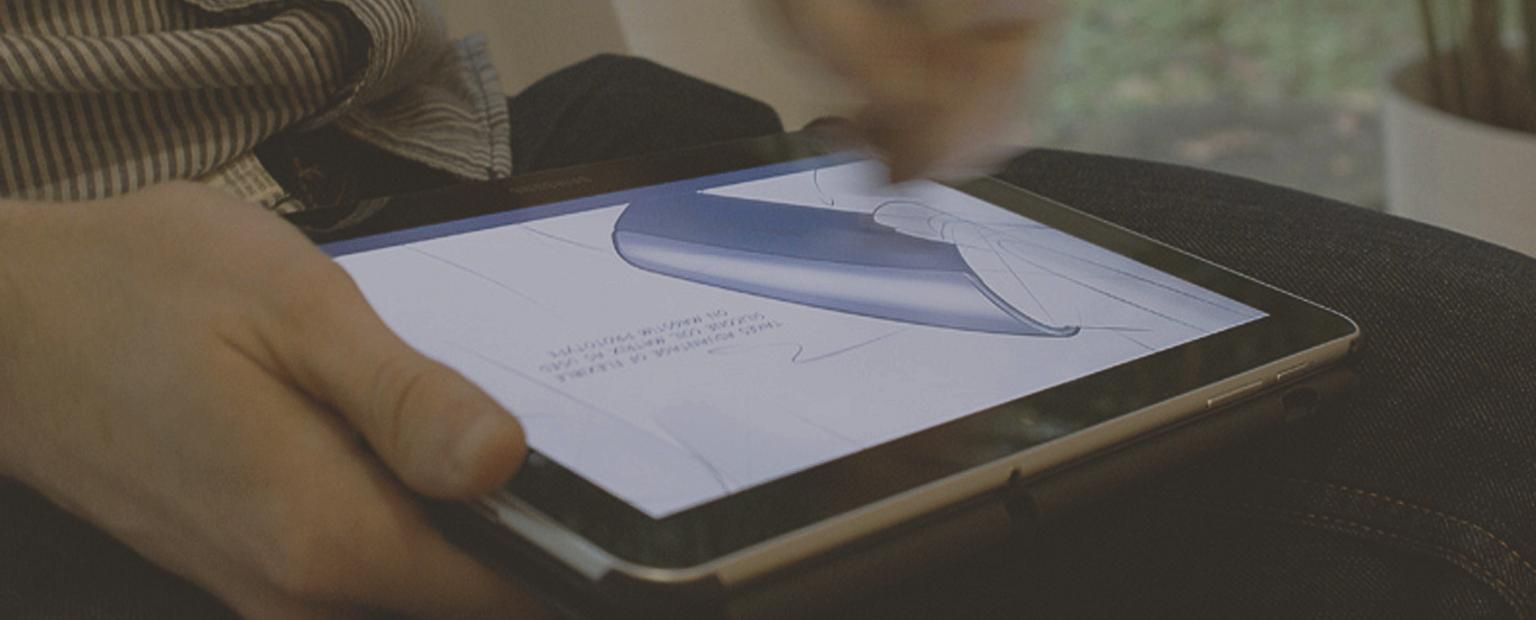

The project will improve access to advanced digital technologies for healthcare in Wales - the benefits of which are currently enjoyed only by select departments in the biggest centres.
To achieve this, it will:
· introduce technologies that can capture 3D photos of patients
· facilitate access to unique expertise for the digital design of custom fitting devices
· enable low-cost access to state-of-the-art 3D printing to fabricate those devices
Ultimately, the project aims to improve clinical outcomes, increase the safety of surgical procedures, and reduce costs to NHS Wales whilst improving access for rural and remote communities.
We want to encourage medical specialists who undertake work in the community to get involved. The technologies will have particular benefit to those who prescribe custom-fitting devices worn by patients for long periods. We have identified a number of specialisms who could benefit, including:
· occupational therapy
· burns therapy
· cleft lip and palate
· breast care
· radiation therapy
· wound care
The 3D printing fabrication technologies available through the project can also be used in the production of single use, patient-specific surgical devices (such as cutting or drilling guides to accurately translate surgical plans into the operating theatre).
3D photography captures both the colour image of a surface and the surface contours. This makes it a useful tool for feeding into computer aided design software, which is then used to design and fabricate devices that accurately fit the surface of the anatomy. Being able to view anatomy in 3D also allows for better visualisation of conditions where it would not normally be possible to quantify things like changes in volume or effected area of a condition.
The 3D photography equipment is designed to be used by community-based specialists who have contact with patients in their homes or at local clinics. The cameras are easy to use with minimal training, are highly portable and don’t rely on being tethered to a computer.
3D printing is a term used to describe a process that builds parts in layers. The technology available through the ASTN project is well suited to fabricating highly detailed parts in a material that is suitable for a wide range of medical applications.
This type of technology is currently used extensively by prosthetists who fabricate facial and body worn prostheses, custom splits for burns victims and work with cleft patients. Surgeons also make extensive use of 3D printing to fabricate models and devices for use in surgery.
Additionally, they are used by rehabilitation engineers who fabricate custom contoured wheelchair seating and posture management systems. There are many other areas where the technology could improve patient treatment and help to streamline the treatment process.
The project is funded by the Welsh Government Health Technology and Telehealth Fund. This fund has supported the investment in the 3D photography equipment and a state of the art 3D printing capability for use by the Welsh NHS. It is being delivered by PDR at Cardiff Metropolitan University, is sponsored by the Abertawe Bro Morgannwg University Health Board and is supported by PhotoMetrix Ltd.

